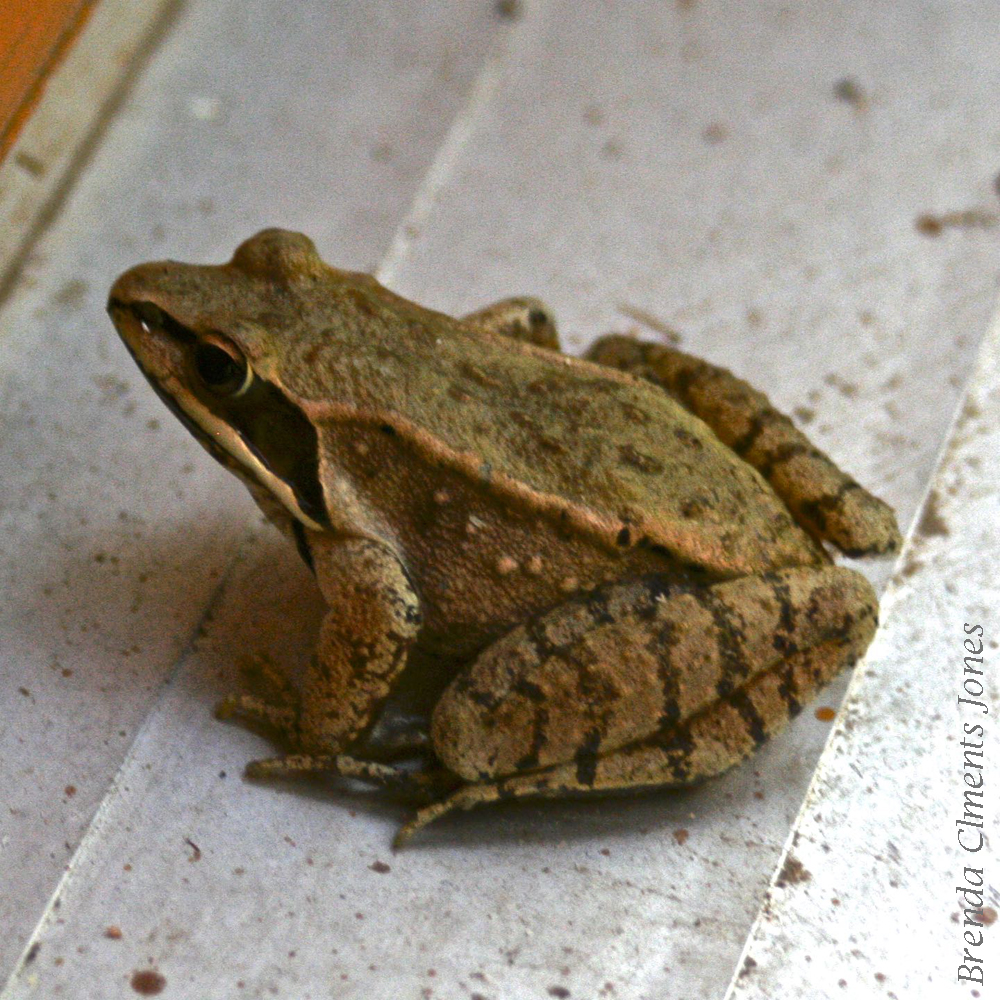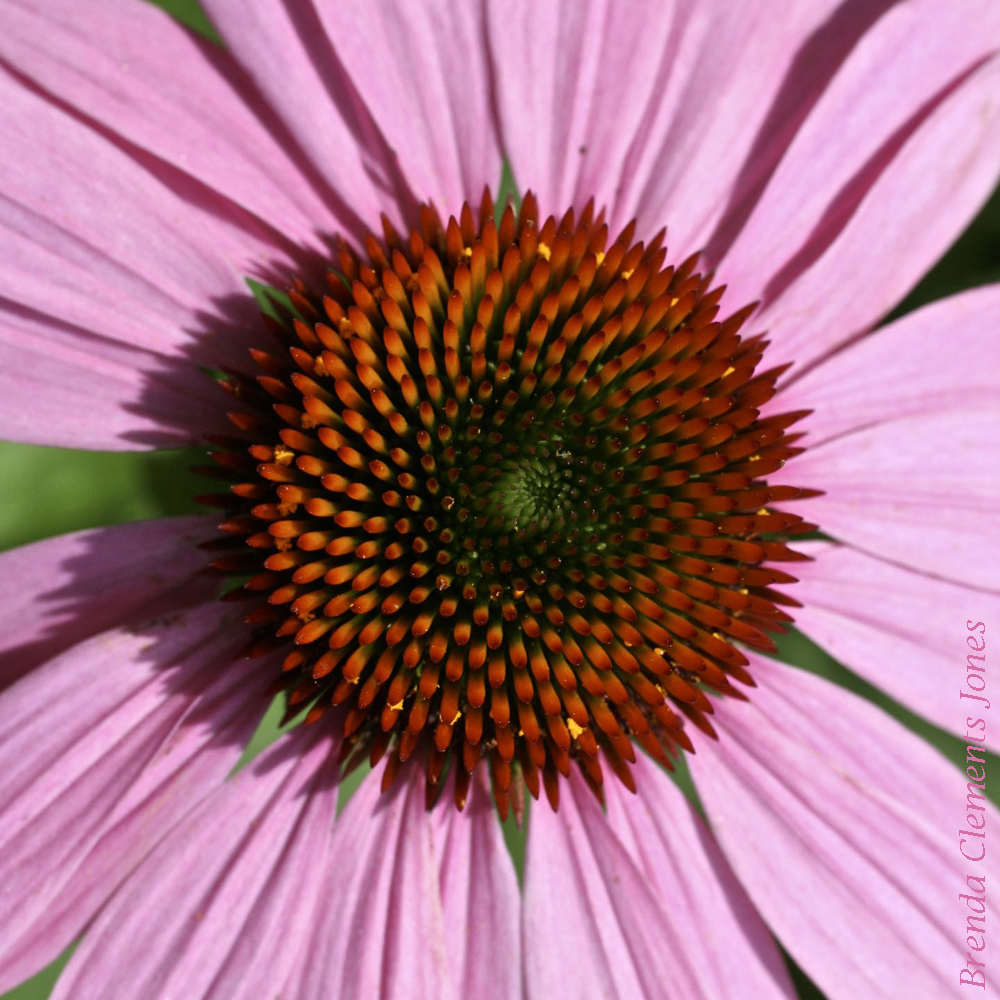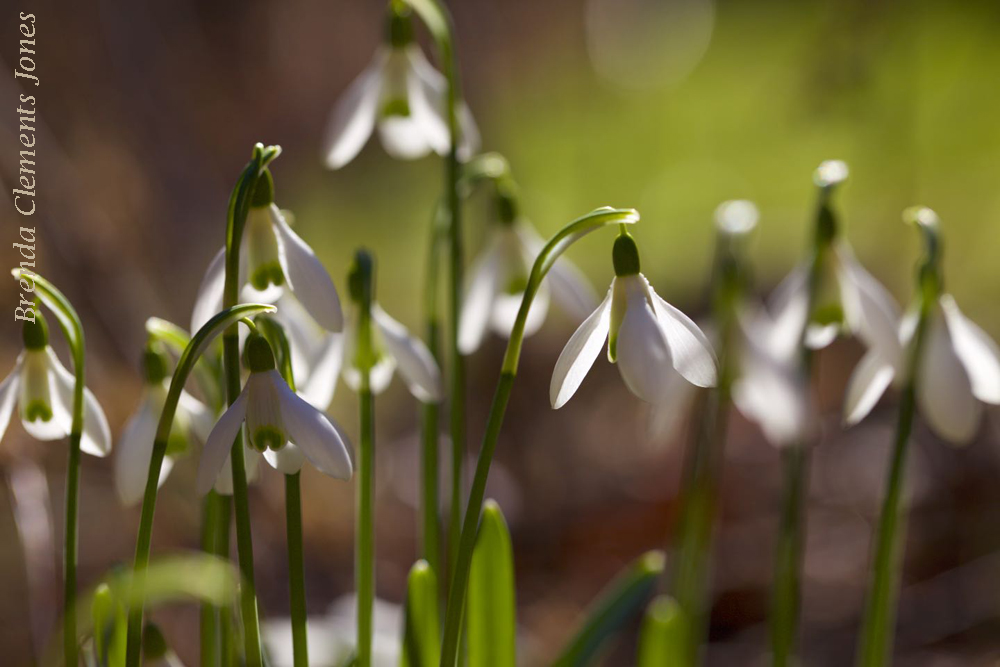-
The Night of Frogs

The title of today’s blog post brings to mind a movie that I recently watched, “Frogs” which is a 1972 horror film that was shown on Svengoolie. Like nearly all of Svengoolie’s movies, this one was certainly not scary but then, I promise you, this post will not be scary either unless you are totally…
-
Eastern White Pine

Eastern White Pine (Pinus strobus). A native conifer that I often see up here on my mountain. It grows in the woods and we’ve planted and grown a few as Christmas trees. It’s a favorite of some as a Christmas tree, with it’s soft needles but I much prefer the very stiff and sharp needled,…
-
Pitch Pine

Pitch Pine (Pinus rigida) is native to eastern North America, or more specifically, southern Maine to New York, south to Virginia and southern Ohio, and in the mountains, eastern Tennessee and Kentucky, northern Georgia, and western North and South Carolina. A medium sized pine with tufts of needles growing in random spots on its trunk.…
-
Sparrow in the Snow
Yesterday was a snowy day. Loads of birds. This a Song Sparrow (Melospiza melodia) in the vegetable garden.
-
Marcescence

It doesn’t happen often. Deciduous trees that hang onto their leaves through the winter, marcescence. These trees fail to create the abscission layer at the base of the leaf stem, that is, the layer that helps the plant release those leaves (also the layer that will initiate the release of flowers or fruits). It will…
-
Purple Coneflower

Purple Coneflower (Echinacea purpurea). Native to central to southeastern United States. Pollinators love the flowers. Leave the seedheads over the winter for Goldfinches who will gather for a snack of seeds. And then for the math/nature nut there is the Fibonacci spiral of the disk florets that become those seeds.
-
Snowdrop Buds Today

The Snowdrops (Galanthus nivalis) have emerged at my back porch. Not blooming yet, but it’s soon to happen. This is what they looked like this afternoon, thoroughly enjoying the odd warmth of this mid-February day. Native plants are a TOP PRIORITY in my gardens but there are some that, because of sentimental value, and so…
-
Bobcat
Certainly something that I would not have expected to find anywhere around my cabin. Something that doesn’t make itself known very often at all. But on rare occasions I get the thrill of my life, when a Bobcat (Lynx rufus) makes an appearance. These creatures are secretive in nature, solitary, territorial, and nocturnal, most often…
-
Confusing Bumblebee

Confusing Bumblebee (Bombus perplexus). Native across Canada and south into the eastern portion of the United States. This critter surprised me when I saw it. I’m not used to seeing bumblebees are are almost entirely yellow. What a thrill to see. The flower though is not such a thrill. It’s Spotted Knapweed (Centaurea maculosa), which…

